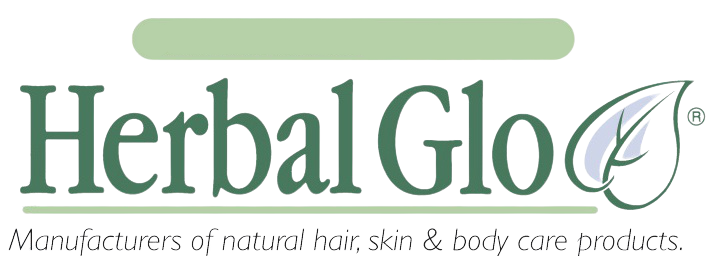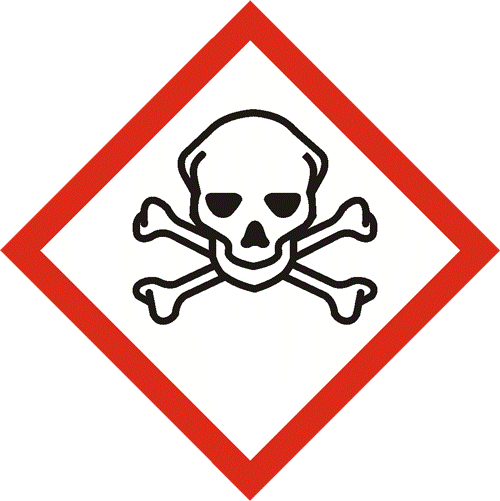Ingredients
What Chemicals to Avoid Using on your Body
People are exposed to hundreds of chemicals every day in the most unlikely places.
Below is a list of some of the chemicals to avoid that may be found in mainstream personal care products.
Bodycare chemicals to avoid
Fragrance – Synthetic fragrances can be highly allergenic. Companies do not have to list the chemicals used in fragrances. They contain large quantities of toxins and chemicals not disclosed. Fragrance-free means that fragrance chemicals have been added to the product to mask the natural aromas of the ingredients.
Phthalates – Phthalates are synthetic chemical compounds mainly used as softening agents and to create fragrance. Look out for your plastics – squeeze bottles, shower curtains, soft plastics. Carcinogens, mutation agents.
Parabens – Parabens are synthetic compounds used as a preservative in most beauty products. You can find them listed as methylparabens, propylparabens, butylparabens, and ethylparabens. Parabens cause many allergic reactions and skin rashes. They are implicated in a multitude of health problems and are know to be estrogenic and potentially cancer causing. Parabens have been found in breast tissue, replicated in dna and stored in fat cells.
PEG (Polyethylene Glycol) – a water soluble polymer used as an emulsifier and plasticizer. Impurities in these materials have been cited as potentially
Acrylamides – thickeners used for a variety of cosmetic purposes. In personal care products they act as stabilizers to add richness and body. However the material may be a possible human carcinogen because of its potentially harmful impurities. It is already a restricted substance in European cosmetics.
Alcohol denat (denatured alcohol) – petrochemical by product. Also usually contains benzyl alcohol making it undrinkable. Can cause systemic eczematous contact dermatitis and chemical sensitivities. Used in all commercial perfumes, used as solvent.
Aluminum ingredients – skin irritants, can cause Alzheimer’s, lung disease
Benzyl alcohol – Harmful if swallowed, inhaled or absorbed through the skin. A P etrochemical, it is a severe irritant for eyes, skin and the respiratory system..
Bismuth Oxychloride – Bismuth is put in cosmetics because it gives a sheen to the face, is soft to the touch, and is extremely inexpensive. A by-product of lead and copper refining, bismuth oxychloride is a heavy metal. Heavy metals have been linked to Alzheimer’s and Parkinson’s Disease.
BHA and BHT – Carcinogenic, encourage the breakdown of vitamins such as vitamin D, can cause lipid and cholesterol levels to increase, endocrine disrupter.
Diethanolamine – DEA is used as a skin softener and humectant in personal care products. It can be carcinogenic when combined with other ingredients. It is a skin irritant. It’s close and dangerous cousins are TEA, and MEA
Ethoxylates – chemical compounds made as reaction products involving ethylene oxide. Ethoxylated materials include ingredients such as Laureth, Myreth, Ceteth, Ceteareth, Glycereth, etc. Trace contaminants in some ethoxylates have been implicated as potent carcinogens.
Formaldehyde – preservative which include Imidazolidinyl Urea, Diazolidinyl Urea, DMDM Hydantoin and Sodium Hydroxymethylglycinate. Known irritant and potential carcinogen. It is often hidden in other ingredients, banned in Sweden and Japan mainly because of its inability to inhibit the growth of acid producing bacteria and it’s implication in cancer.
Glycol – often used as solvents for preservatives and other materials. Glycols are potentially irritating and harmful to the skin. Examples are Propylene, Butylene, Pentylene, Hexylene, and Caprylyl Glycol.
Laureth family – sodium lauryl sulfate, any ingredient with laureth or lauryl in the name. Carcinogenic, skin irritants may be contaminated with large amounts of toxins in manufacturing process contains ammonium salts, mutagen, acne producing.
Mineral Oil – occlusive, non-nutritive petroleum derivative.
MMP (Matrix Metalloproteinase) – an enzyme that breaks down collagen, elastin and hyaluronic acid. They are involved in wound healing, but also cause premature aging of the skin and tumor cell metastasis.
Myreth – ethoxylated compound used in various surfactants such as Sodium Myreth Sulfate.
Methylisothiazolinone – antimicrobial agent found in some shampoos and hand creams and widely used in industrial settings inhibits the development of particular neuron structures that are essential for transmitting signals between cells. prolonged exposure to low levels of methylisothiazolinone (MIT) may have potentially damaging consequences to a developing nervous system.
Octyl stearate – acne producing, contact dermatitis, allergic reactions
Petrochemicals – derived from raw materials of petroleum or natural gas origin. These include materials such as propylene glycol, ethoxylates, acrylamides, mineral oil and polyethylene glycol (PEG). Peg ingredients – carcinogens, acne promoters, contact dermatitis.
Petrolatum – derivative also known as petroleum jelly. Petrolatum is very occlusive and can clog pores. Additionally it provides no nutritive value to the skin and contains no essential fatty acids petroleum by-products can pass through the brain barrier and cause ADD/dyslexia symptoms. Acne producing, may be carcinogenic, causes dry skin, respiratory toxin, may cause dizziness.
Phenoxyethanol – synthetic ether alcohol preservative. can cause contact dermatitis. synthetic preservatives are considered by leading dermatological associations to be the number one cause of contact dermatitis.
Silicone – synthetic additive used to provide emolliency. Some forms of silicone such as Cyclomethicone, Dimethicone and Cyclopentasiloxane, Methicone, and Phenyl Trimethicone can be harmful or irritating to the skin.
Sodium Laurel Sulfate – SLS is put in many soaps, cleansers, and shampoos to enhance the foaming action of a product. It is a common skin irritant and is rapidly absorbed into the heart, liver, brain, and eyes, which can cause long-term effects. It has been linked to cataracts in adults and inhibiting proper development of children’s eyes.
Sodium Laureth Sulfate – SLES is another form of SLS. When reacting with other ingredients, it can be carcinogenic and rapidly absorbs into the body. It is a skin irritant and may cause hair loss.
Synthetic Dyes – Synthetic colors are a byproducts of the petroleum industry. The molecular structure of these products are so small that they can pass through the brain barrier. This can manifest itself as turning numbers backwards when writing or reading, peeling skin, acne, or ADD symptoms. Many people have allergies to artificial colorings, especially red 40.
Talc – Talc has asbestos in it. Asbestos is another dangerous carcinogen. Do not use on babies, linked to ovarian cancer, respiratory toxin
TEA – also known as Triethanolamine ingredients with TEA in front such as Tea lauryl sulfate) severe irritants, can contain ammonium salts, eye irritant, sensitizer, may cause formation of carcinogens, mildly toxic.
Avoid them
Here at Herbalglo, we have never used any ingredients on this list.
We feel that by selecting bodycare products that don’t contain harmful chemicals, you are making a smart decision for yourself and your family.
Please leave a comment below with any questions, suggestions or ideas. Or if you want any advice with regard to your particular hair problem, please feel free to write me an email.











